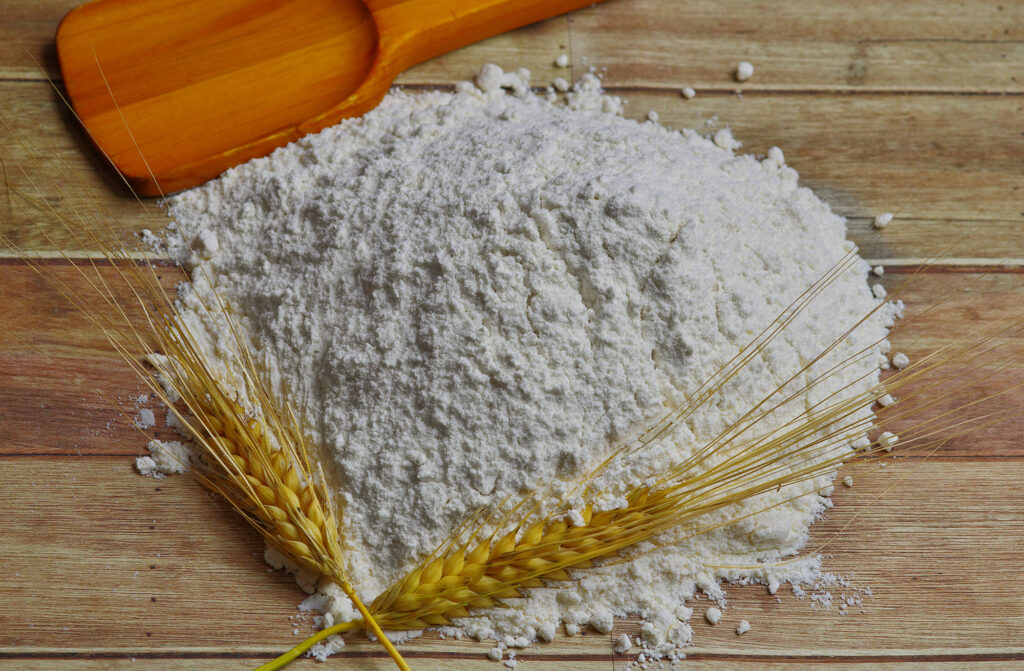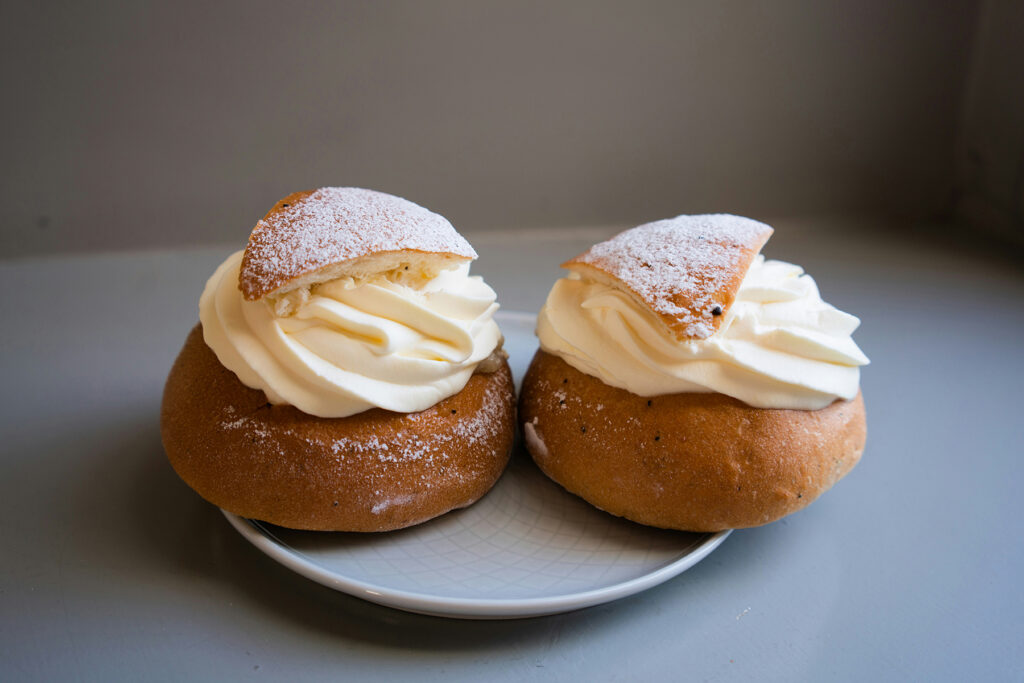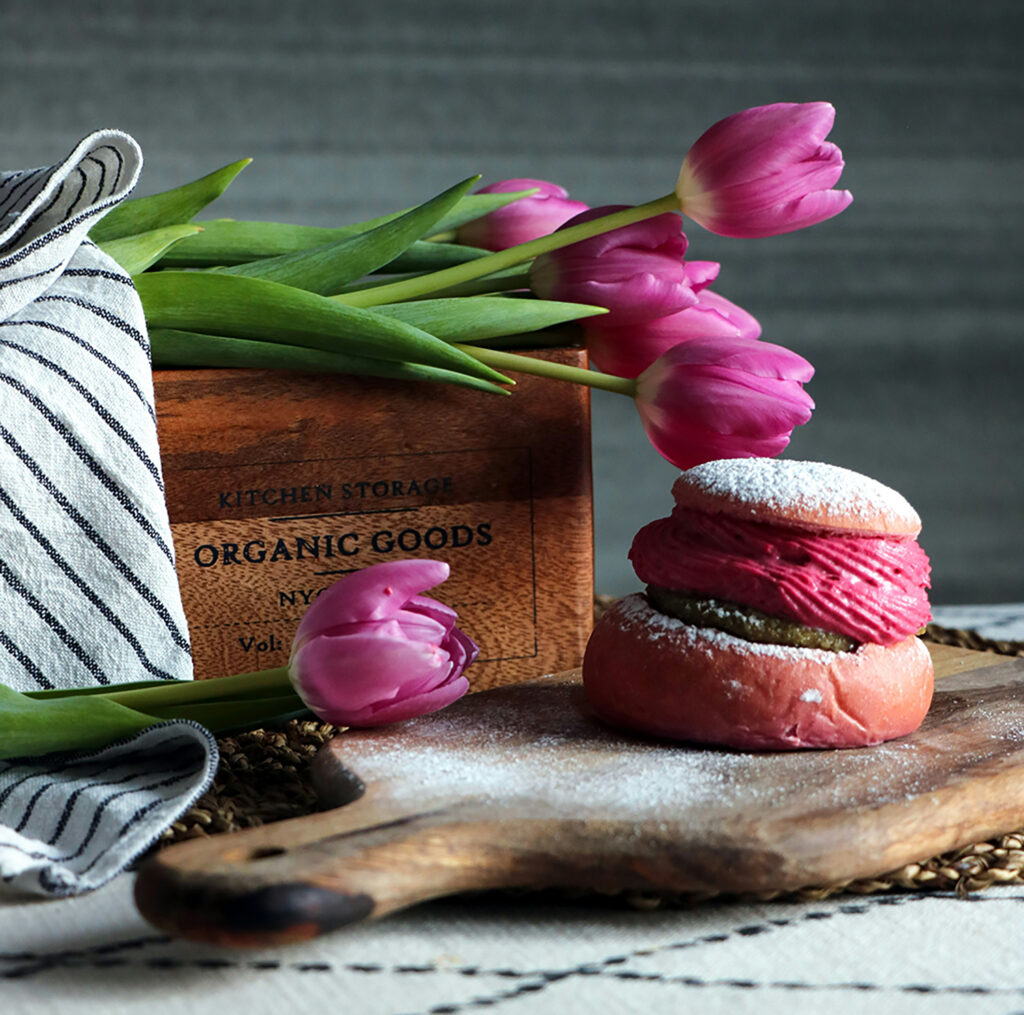The history of the semla
When Sweden was still Catholic, people fasted for a full forty days before Easter. Lent, however, began with three days when you really had to eat yourself up, and Shrove Tuesday (Fettisdagen in Swedish) was the last day of these three. Then they ate a special bread which was part of the “white fasting food” and consisted of flour and milk products. The Semla Day is celebrated 47 days before Easter, and the word “semla” comes from the Latin simila, which roughly means “fine wheat flour” or “the finest flour”.

In the Middle Ages was probably the semla shaped like a wedge or a cross. By the 17th century, the semla had become a status symbol that only the rich could afford because white wheat flour was both rare and expensive.
Eating the semla in hot milk became popular in the upper classes in Sweden in the 18th century. In the 18th century, the semla was still baked in the form of a wedge, but filled with butter and cream and served with warm milk. The inspiration was taken from Germany, where the custom of putting semla in a bowl of milk was called “heisse wecken”. The wedge lives on today in the “top” of the pastry.

The custom of eating semla also spread to the common people in Denmark and southern Sweden in the 18th and 19th centuries. It was only in the southern parts of the country that it was warm enough to grow wheat. In northern Sweden, it therefore took until the end of the 19th century before even they, thanks to the railway and better cultivation techniques, got to taste this delicious bun.
It was only in the 1920s that the semla began to be served in today’s version with cream, almond paste, and icing sugar, and it did not become common in Swedish households until the middle of the 20th century.
Bake your own semla
If you want to try to bake a semla yourself you can use this recipe: https://visitsweden.com/what-to-do/food-drink/recipes/fat-tuesday-buns-semla-recipe/

Did you know that…
- The Swedish King Adolf Fredrik died on Shrove Tuesday evening, February 12, 1771, after having eaten a burly dinner consisting of oysters, lobster, meat and sauerkraut. He washed it all down with a few bottles of champagne, and ended the dinner with his favorite dish: semlor. After ingesting his fourteenth semla with warm milk, he died of a suspected heart attack.
- Nowadays, you can buy a semla as early as in December, but well into the 20th century you could be fined if you started selling semlor to early. As late as 1952, a couple of bakers in Malmö were fined for selling semlor before Christmas
- In 2015, Mattias Ljungberg, pastry chef at Tössebageriet in Stockholm, invented the pastry Semmelwraps. Since then, the development of trendy semlor has almost ran wild, and new creations see the light of day every year. The trend of 2024 is the Kanelbullesemla (cinnamon bun-semla). According to many, a combination of the best of both worlds.
